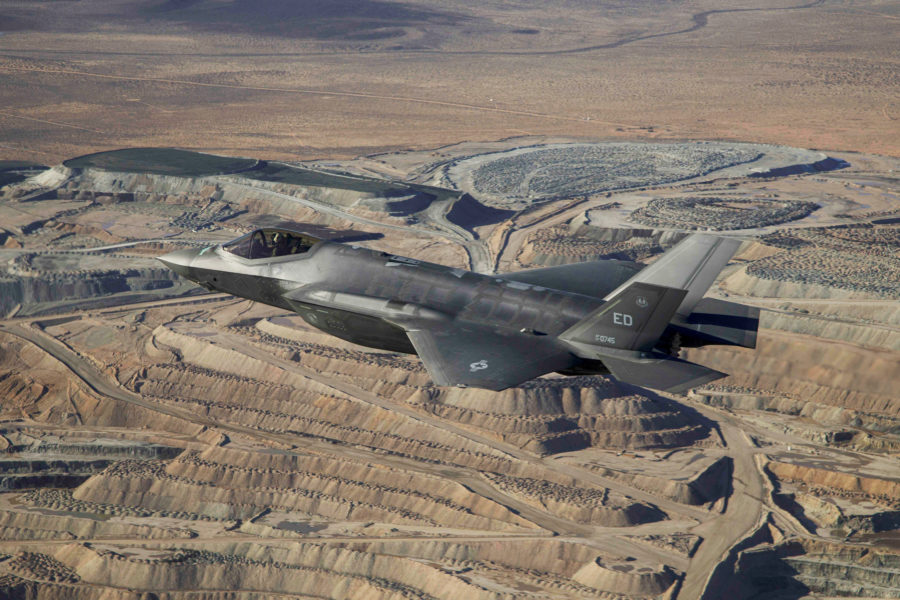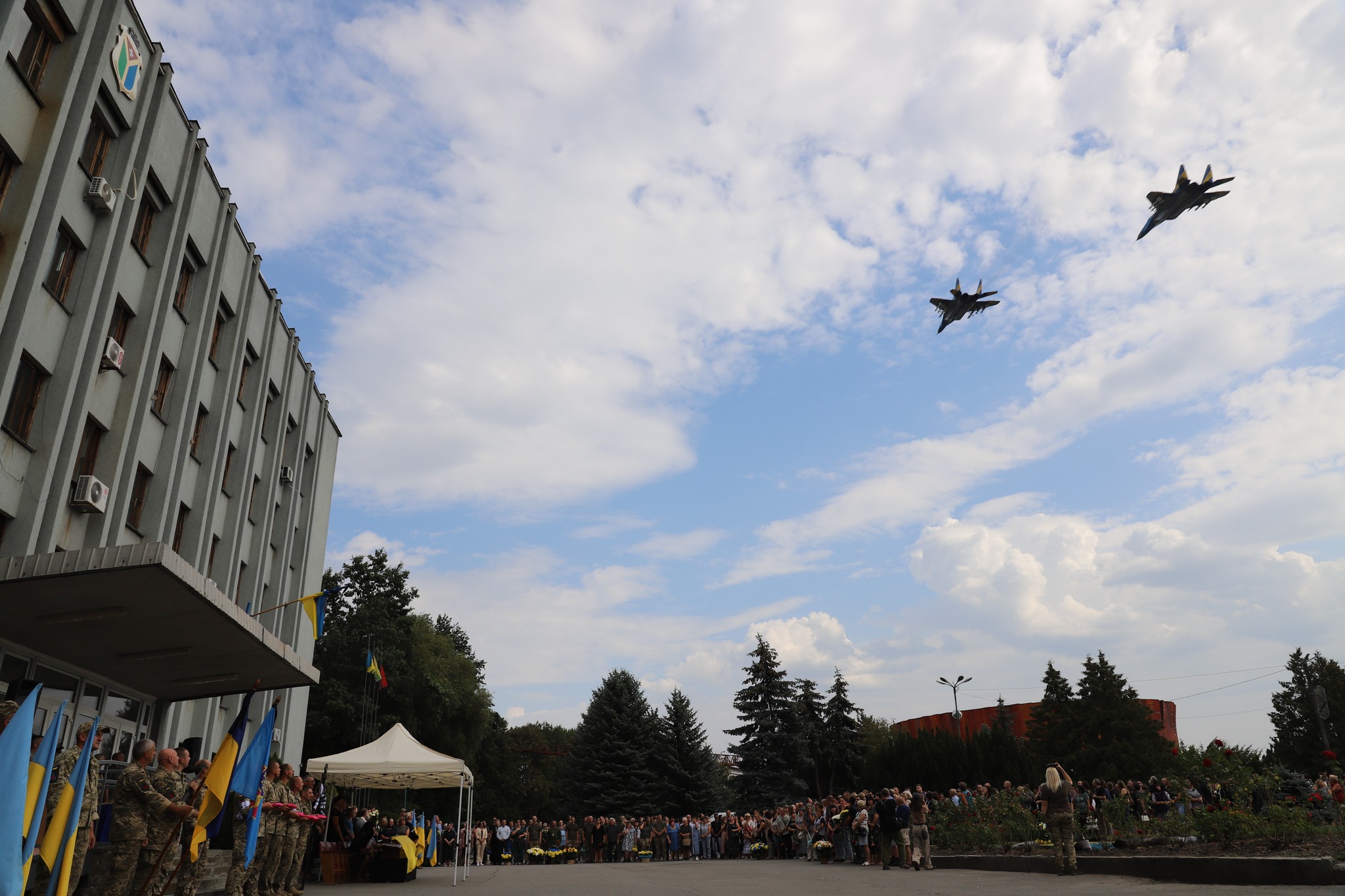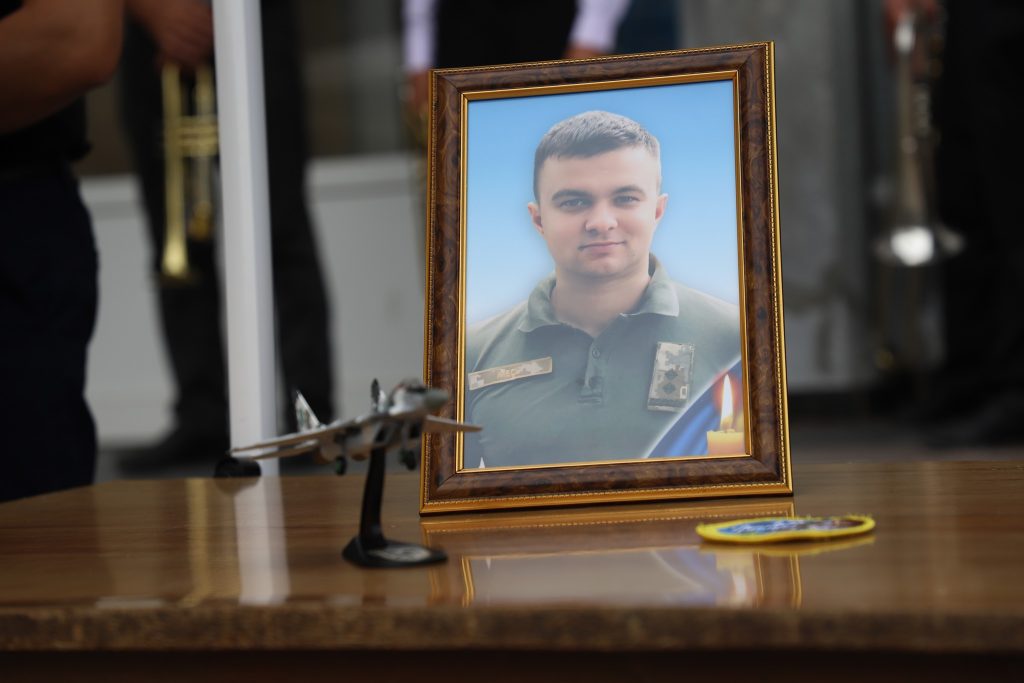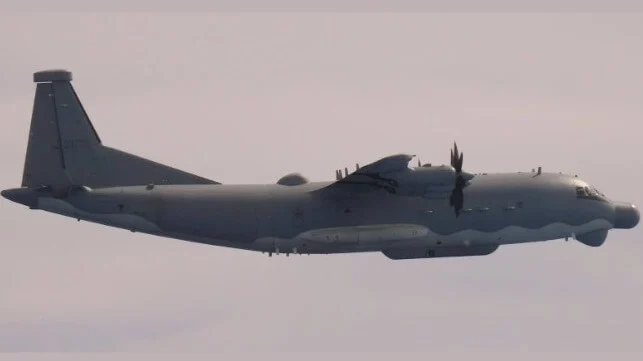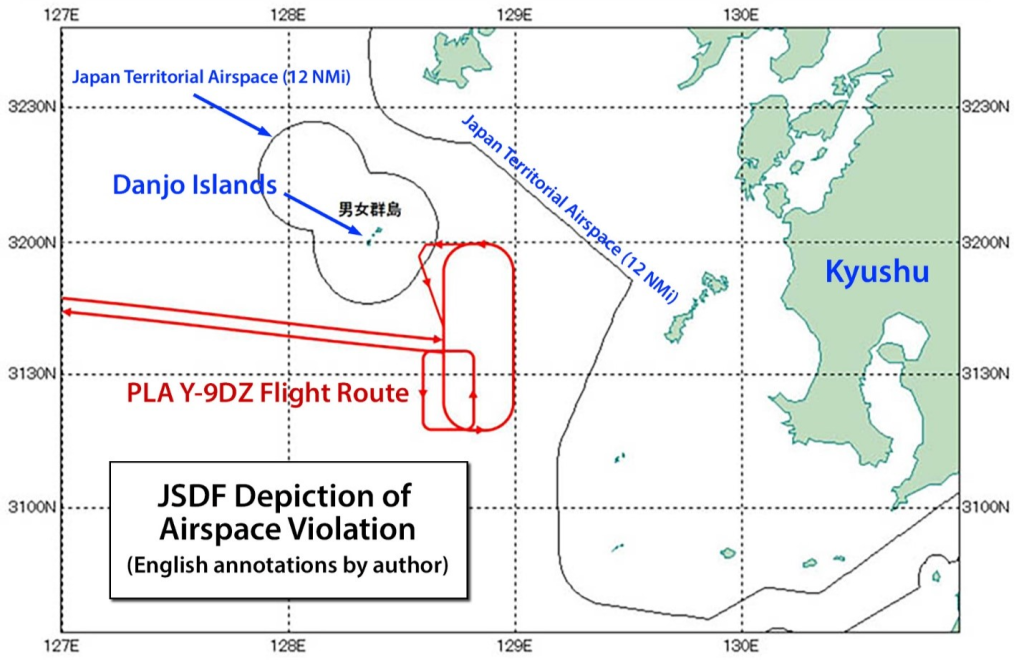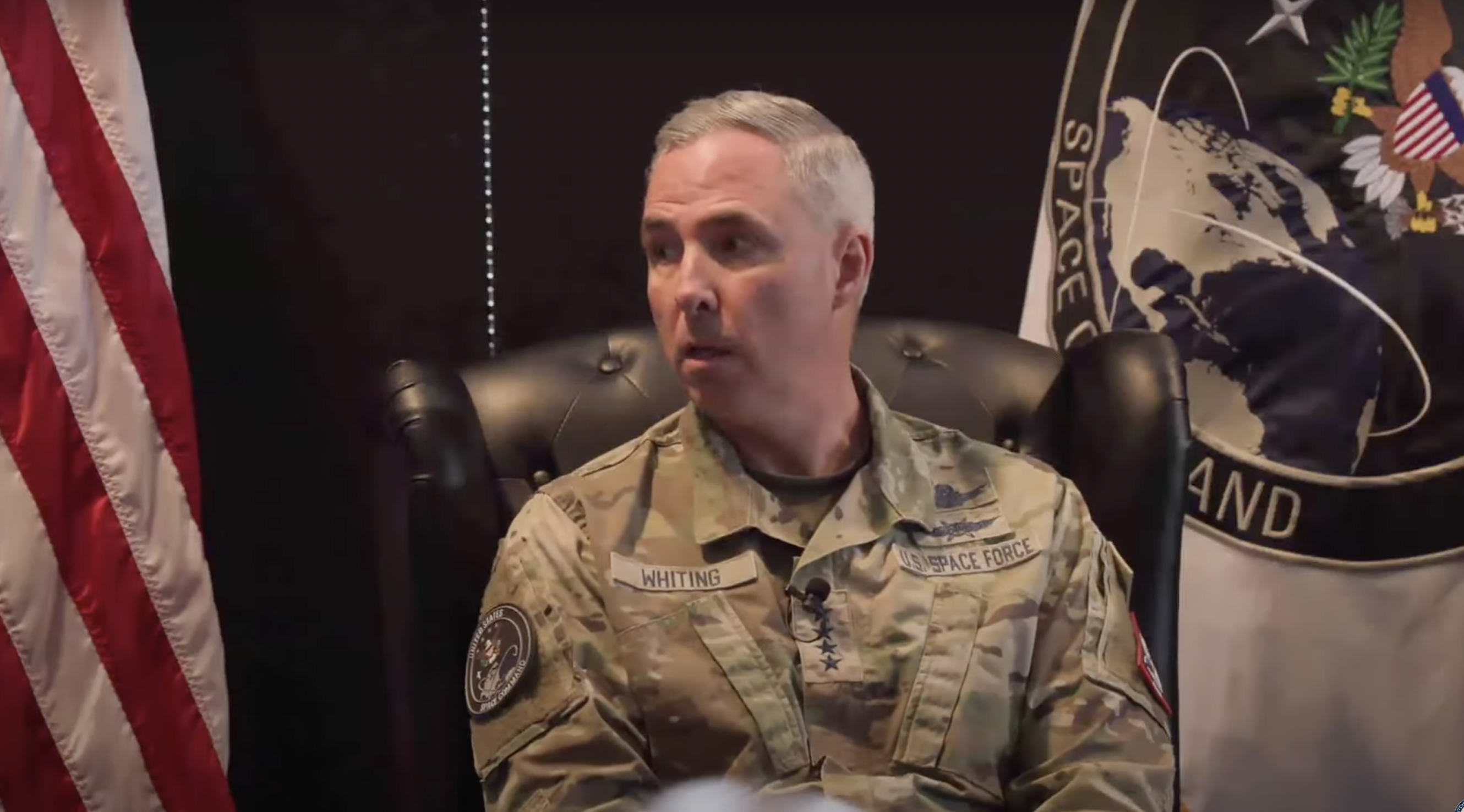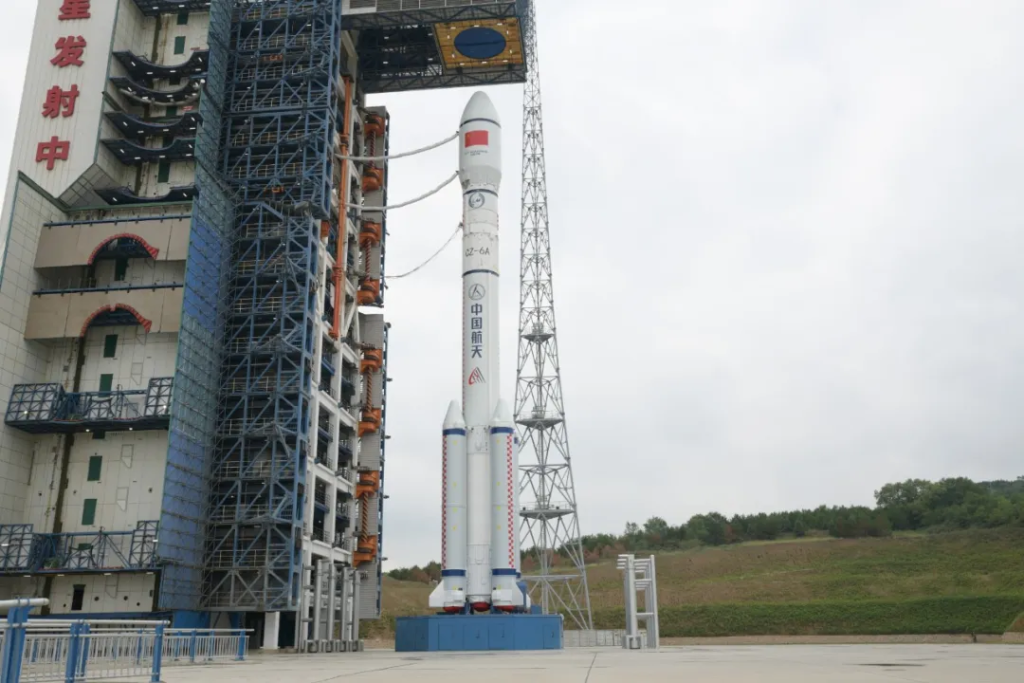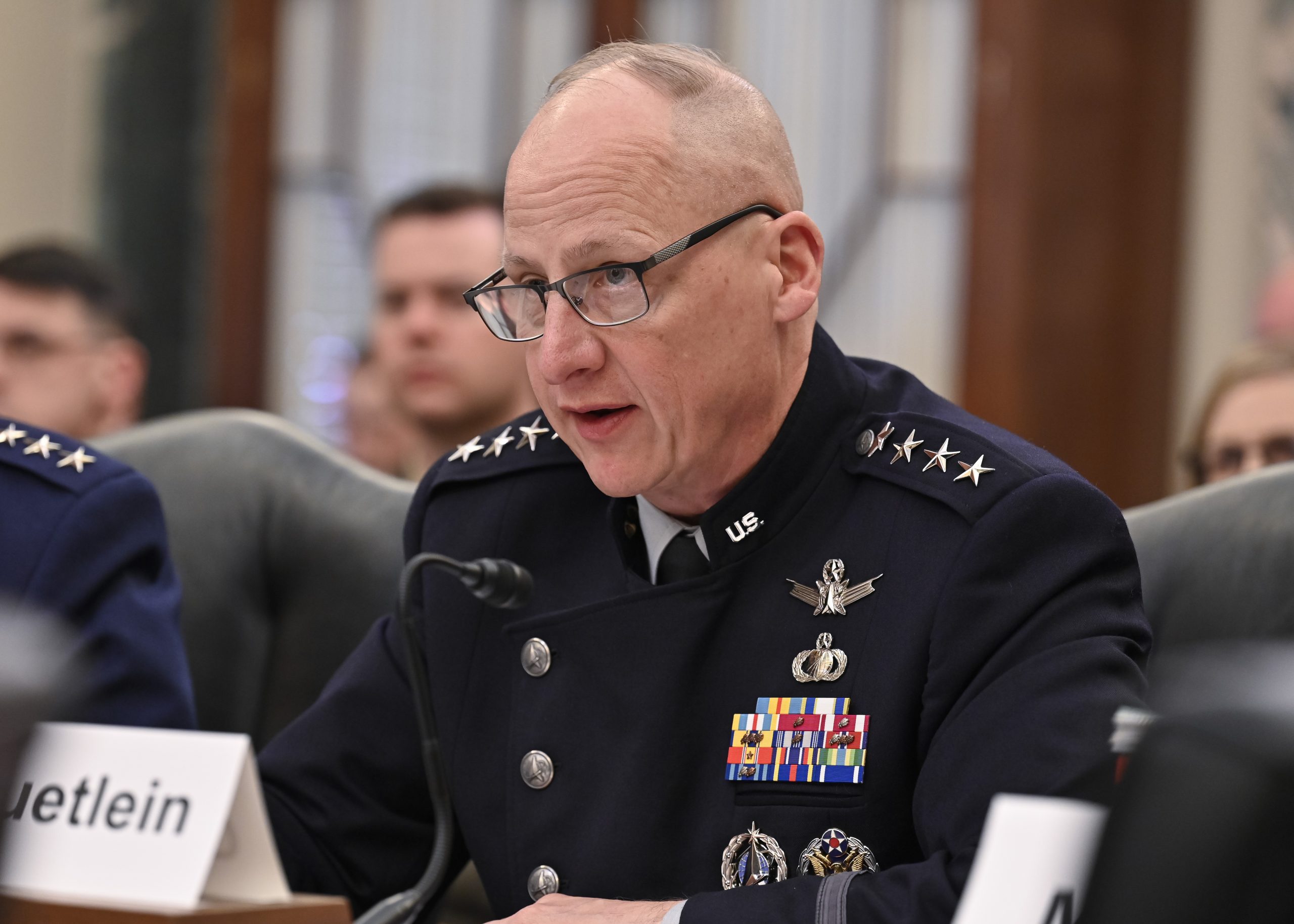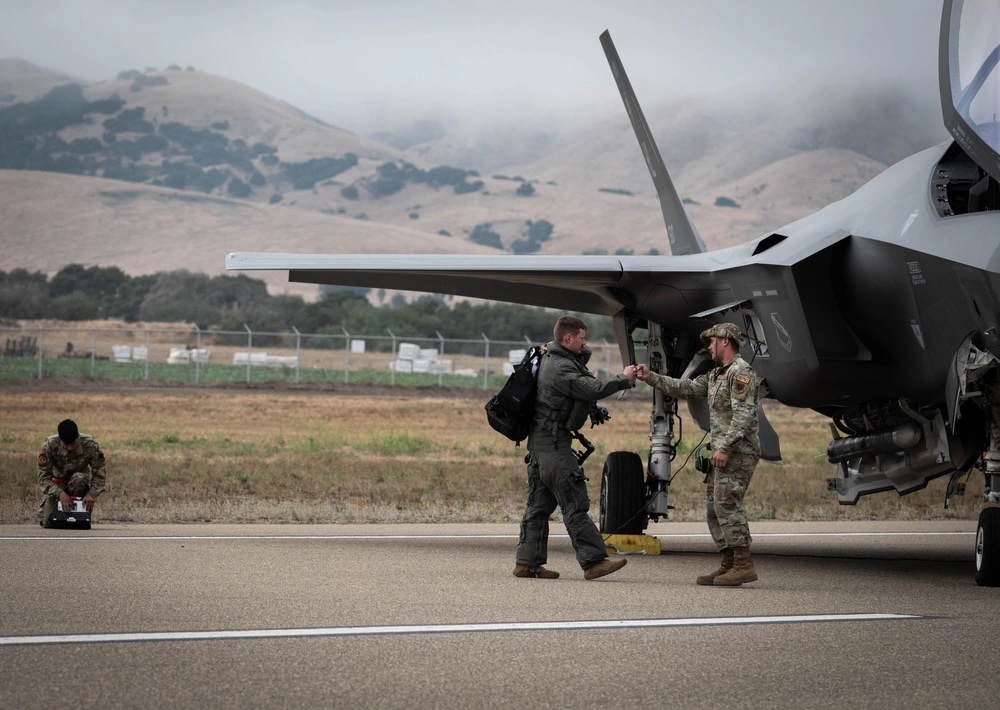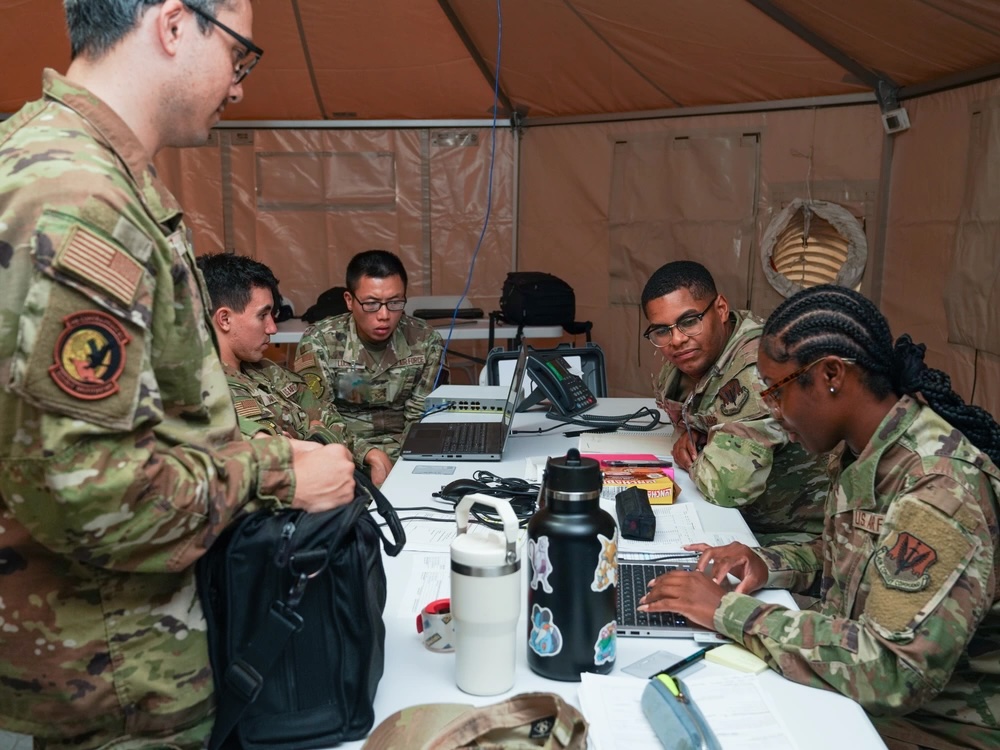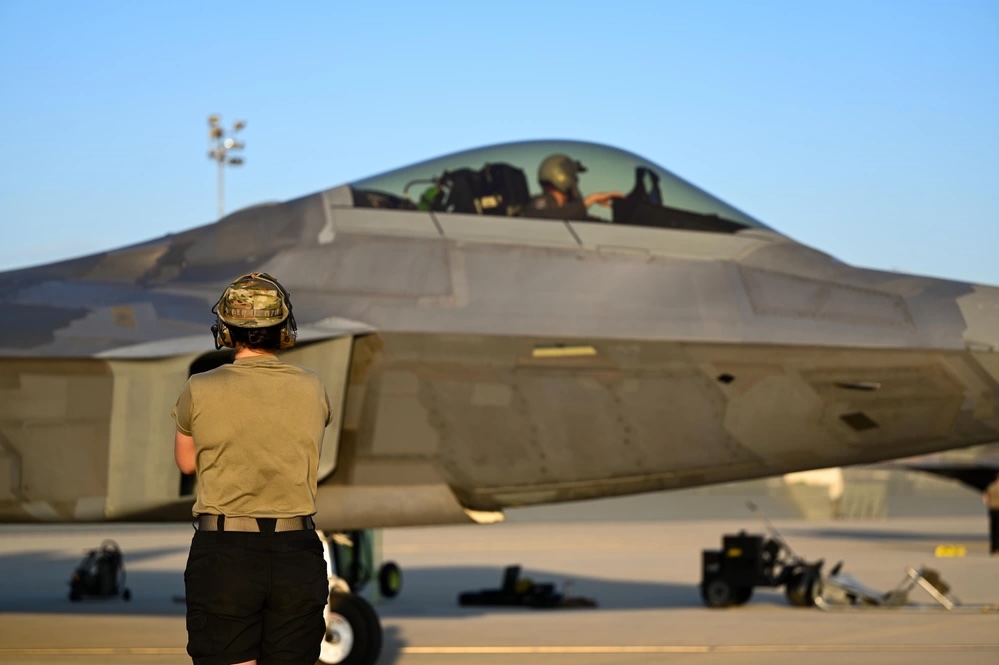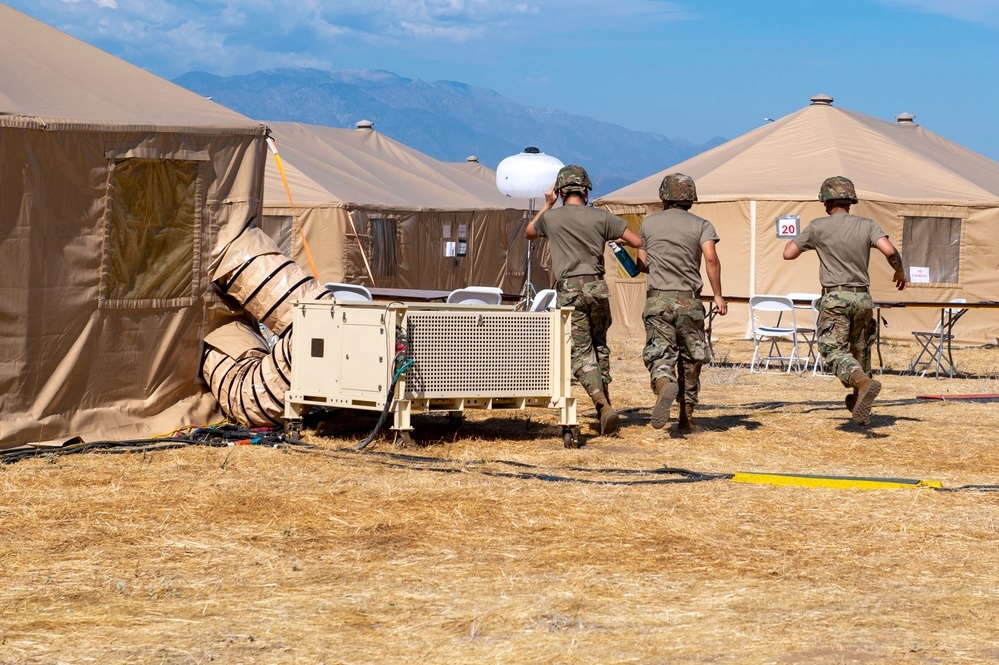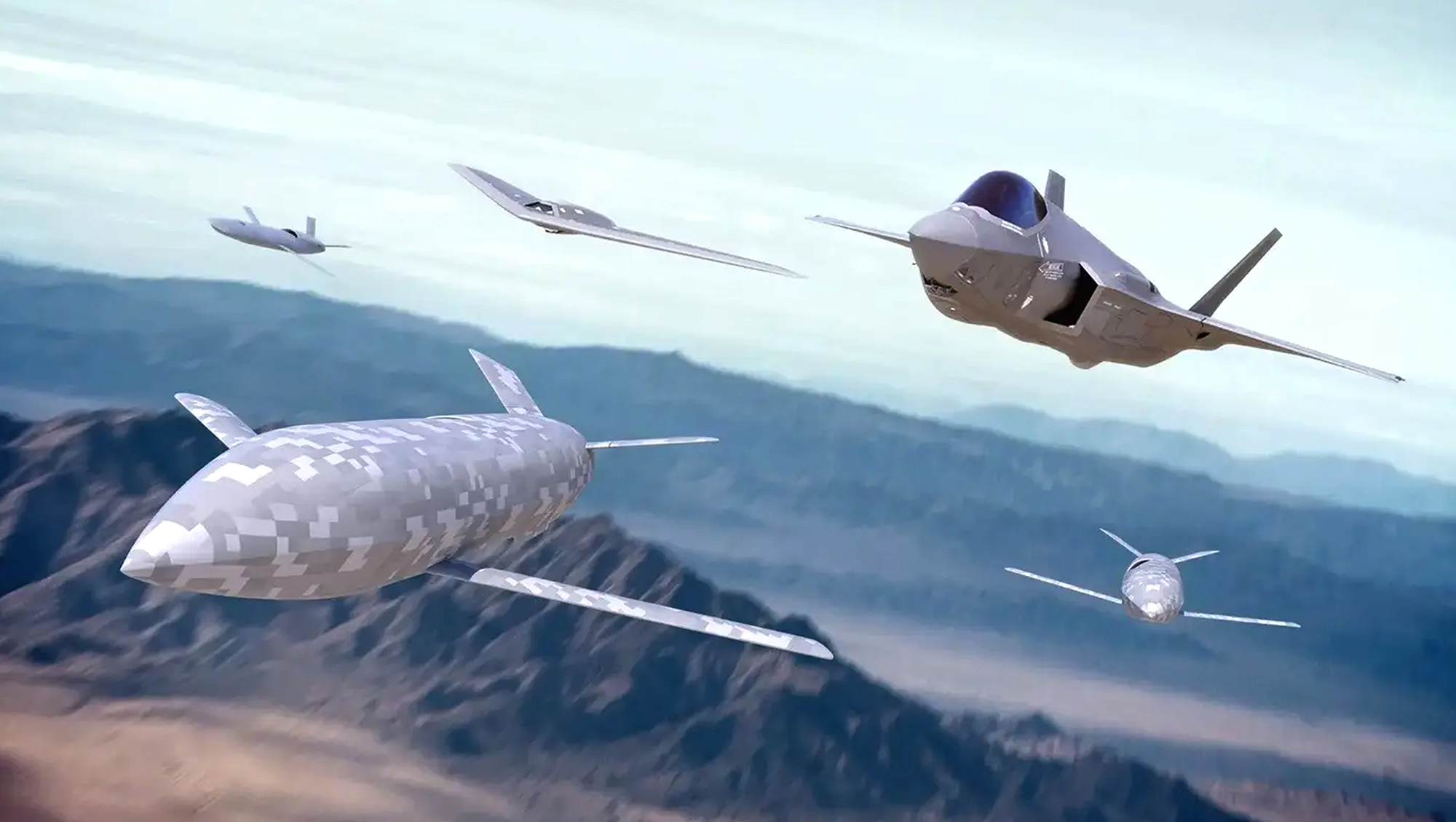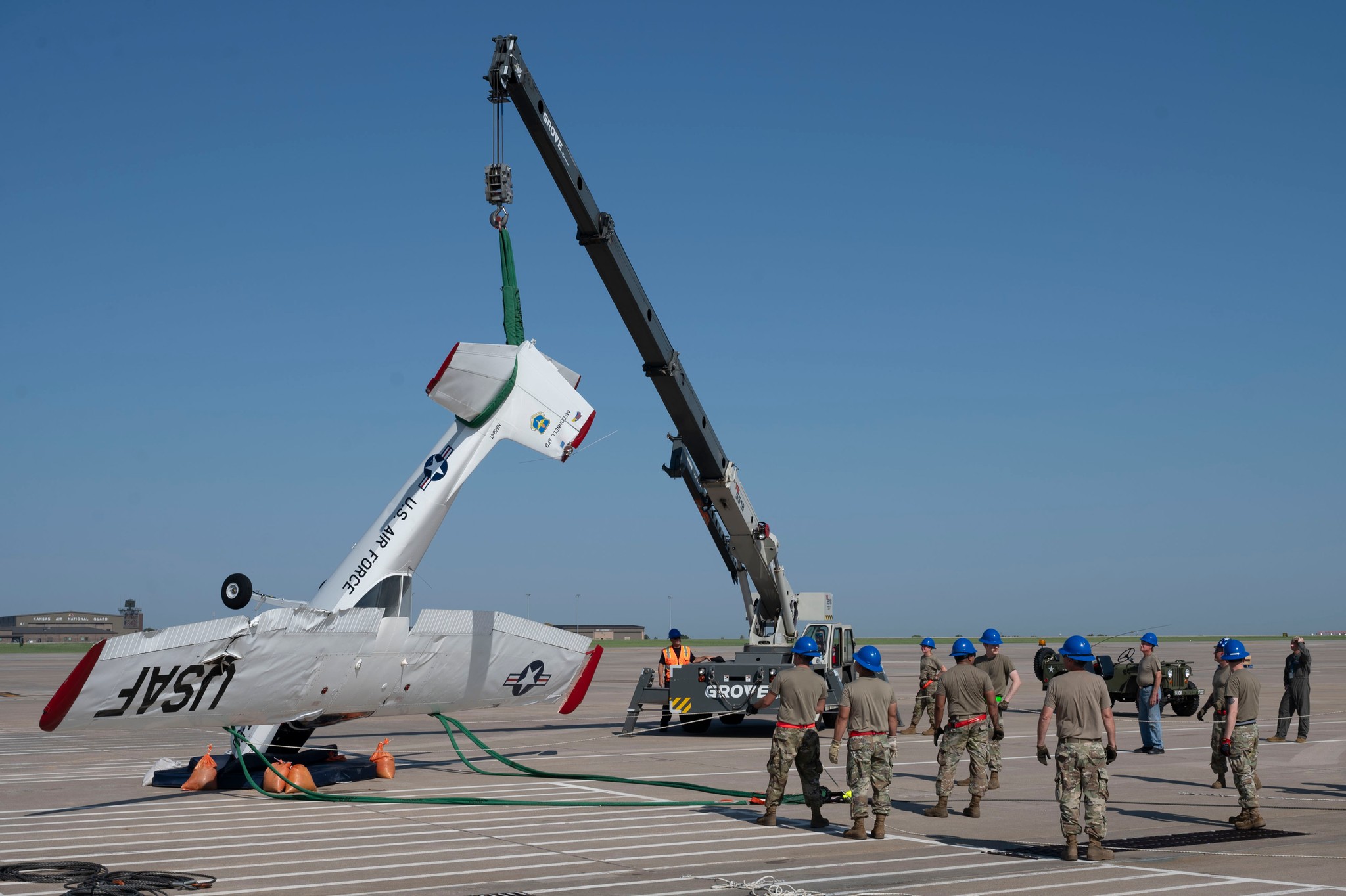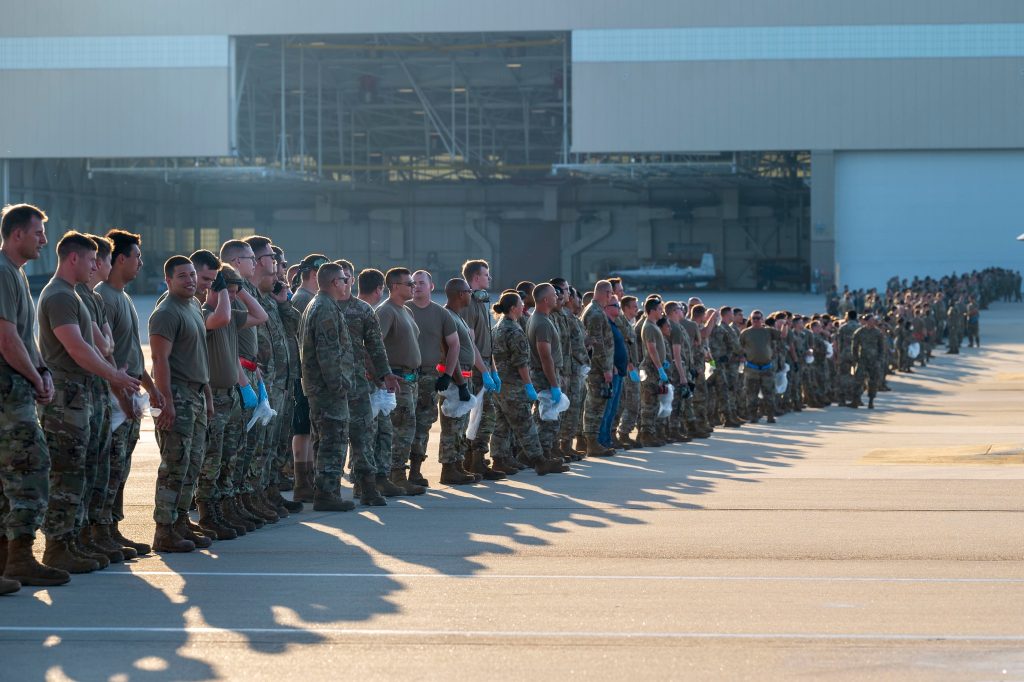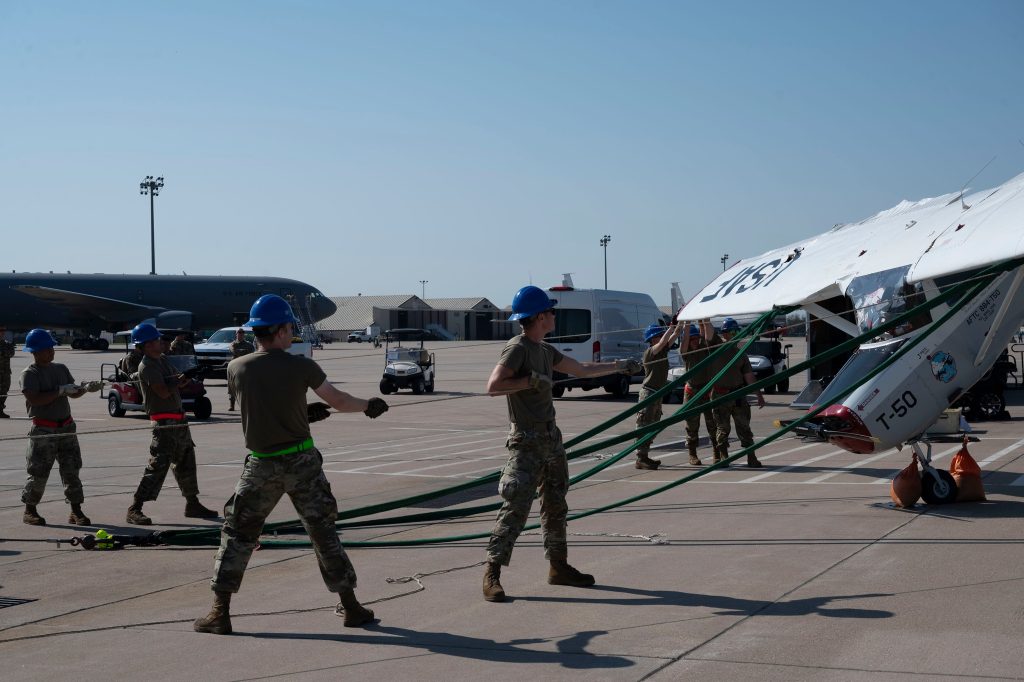Lockheed Martin has begun delivering software for Tech Refresh 3-equipped F-35s that will allow pilots to train more comprehensively for future missions, the Joint Program Office announced Aug. 29. The software is not yet the full TR-3 capability, though, and Lockheed is being docked some of its final delivery payments accordingly.
The JPO and Lockheed “have reached an agreement for the acceptance and delivery” of TR-3-enabled aircraft “with robust training capability,” a program spokesperson said. He said the JPO and Lockheed have agreed to “terms and conditions” for deliveries and software releases but did not elaborate.
As many as 100 F-35s had been in storage for up to a year before deliveries resumed in mid-July. They had been completed but not delivered because the TR-3 upgrade—processors, displays, and other improvements—has not been fully tested. To get deliveries moving again, the F-35 partners agreed early in the summer to accept a “truncated” version of the TR-3 software, and JPO director Lt. Gen. Michael Schmidt determined the software was safe for flight in July.
The TR-3 is the basis for the F-35’s Block 4 upgrade, which includes more than 80 improvements chiefly having to do with electronic warfare, navigation and communications, and weapons.
The spokesperson was not immediately able to say what functions the new software will permit, but Lockheed CEO Jim Taiclet said on an earnings call in April that the truncated software will mean the jets can “get … in the hands of squadron, wing, and regional commanders so that they can start training their pilots on them and training their maintenance organizations, and also get the base infrastructure, spare parts, tools, everything else.” He said the jets “could be deployed into actual combat operations” if called on.
“In the statement we sent out in July,” the JPO spokesperson said, “we explained that the TR-3 aircraft initially being delivered had ‘initial training capability,’ and that ‘more robust combat training capability’ would be delivered in August. The ‘more robust combat training capability’ is now being delivered.”
As part of the agreement, the JPO will withhold a portion of final aircraft delivery payments until “TR-3 combat capability is qualified and delivered.” That amount will be about $5 million per aircraft, the spokesperson said. An F-35 costs about $82 million each, according to the latest contract.
The full TR-3 software package is still not expected to be fielded until early next year.
In addition, the JPO said Lockheed and its F-35 partners are “making significant investments in development labs and digital infrastructure that benefit the F-35 enterprise’s speed and agility in fielding [new] capabilities” for the fighter.
The announcement comes a day after Lockheed received F-35 contracts valued at just over $5 billion covering a range of F-35-related items such a simulators and training devices, sustainment, engineering, materiel support supplies, repair capabilities and equipment for depots.
